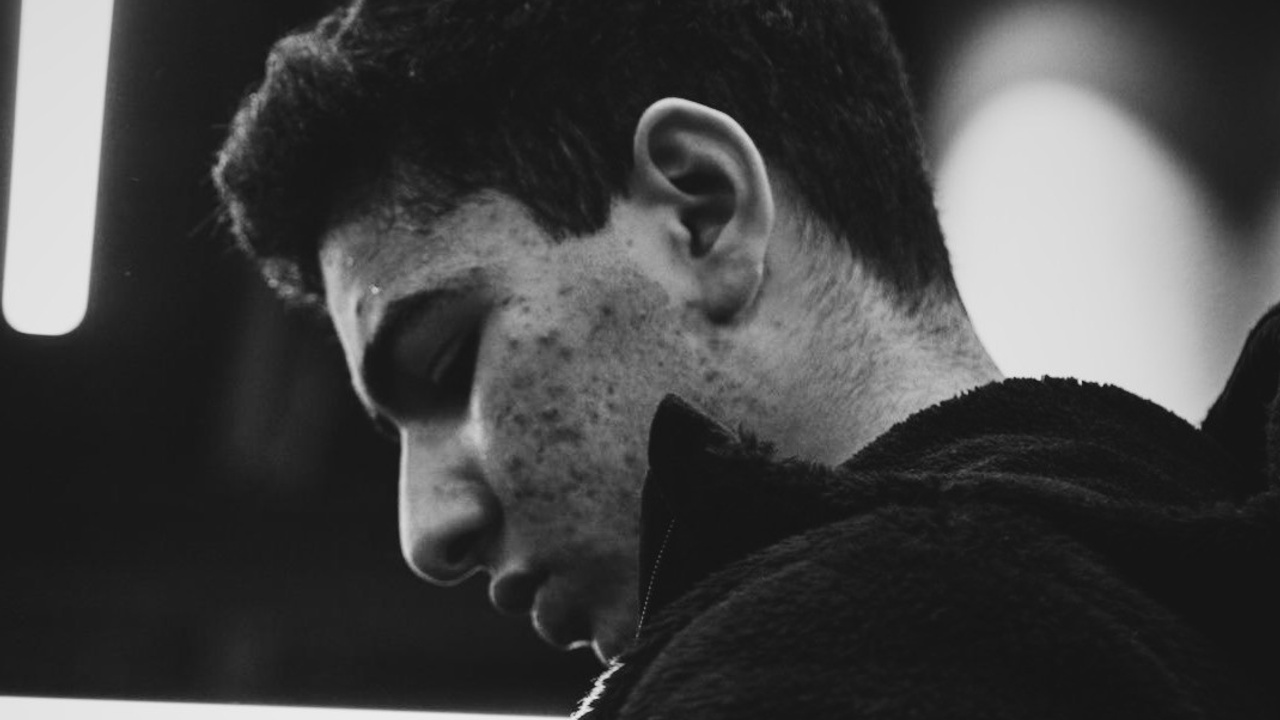KNEE PAIN WHEN SQUATTING BY ABDURAHMAAN SALOOJEE

Abdurahmaan is a Pre-Script coach from Ottawa who loves reading, traveling, and training.
Knee Pain When Squatting
This may be the first of a series, because there are a plethora of reasons that your knee may hurt in a squat. In fact, this is a good teaching point right off the bat: many coaches that are reading this have likely received a message saying “Hey coach, when I squat my knee hurts. What should I do?” You may have even been the one asking that question (guilty). The truth is, many coaches are tired of answering this question (at least the way it is currently worded) due to its lack of context. There are a multitude of factors that may contribute to knee pain during a squat, including but not limited to: Q-angle (as a consequence, gender), limb length, training age, injury history, and specific squat variation. All of this is to say, if you know you ask this question, try to provide a bit of context for the coach so that they can get more specific. And if you are a coach that is asked this question frequently, try to ask as many questions as you can and avoid defaulting to a common “diagnosis” because it will influence the exercises you prescribe, which might not be the best for the client.
Now onto the actual post. One reason that jumps to mind (due to personal experience) is due to tibial rotation. In fact, although the specific reasons for the pain may differ, many cases present as a direct result of rotation at the knee. The knee, as a general rule, should avoid excess rotation, but more specifically, rotation in the same direction. As the knee locks out, the distal leg (tibia) and proximal leg (femur) need to rotate in opposite directions for pain-free movement. If both the tibia and the knee are externally rotated as you lock out, the lateral condyles of the femur and tibia will grind, wearing away at the supporting ligaments and structures and potentially causing pain over time.
If we identify pain at the knee and preoccupy ourselves with the knee specifically (ice, knee sleeves, etc.) we may miss the forest for the trees because the real issue is elsewhere. In this case, a possible fix is restoring internal rotation of the femur and hip. Try adding in some internal rotation drills for the hip (foam roll the piriformis and external rotators, single leg RDLs, etc.) and retest internal rotation. Try adding them in circuit form to your warm up and then perform warm-up sets, and see if the pain has diminished. Bear in mind that it won’t be an overnight process, but if you can detect improvement, you’re on the right track and keep it up.
Credit where credit is due: Coach Kyle Baxter (@coachbaxter on Instagram) helped me understand and apply these concepts in my own training, and he deserves to be recognized.
Recent Posts
